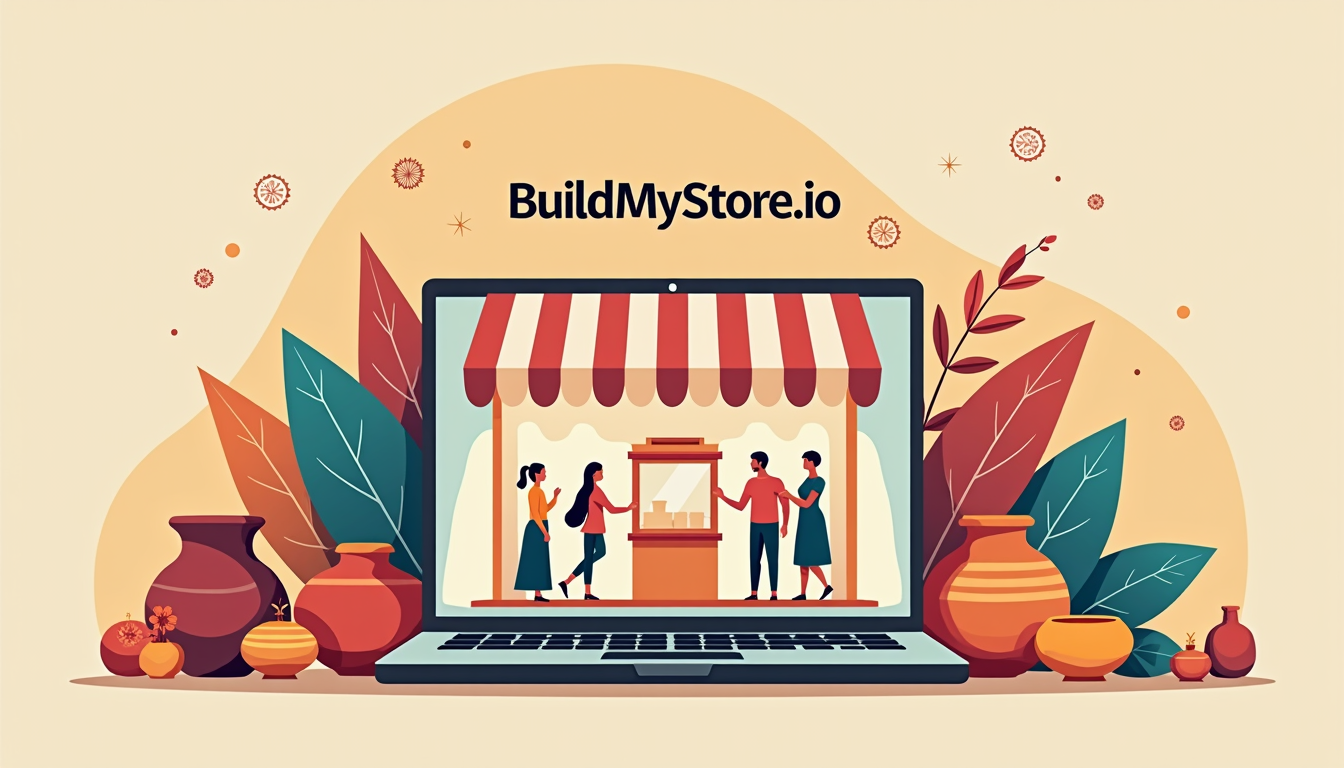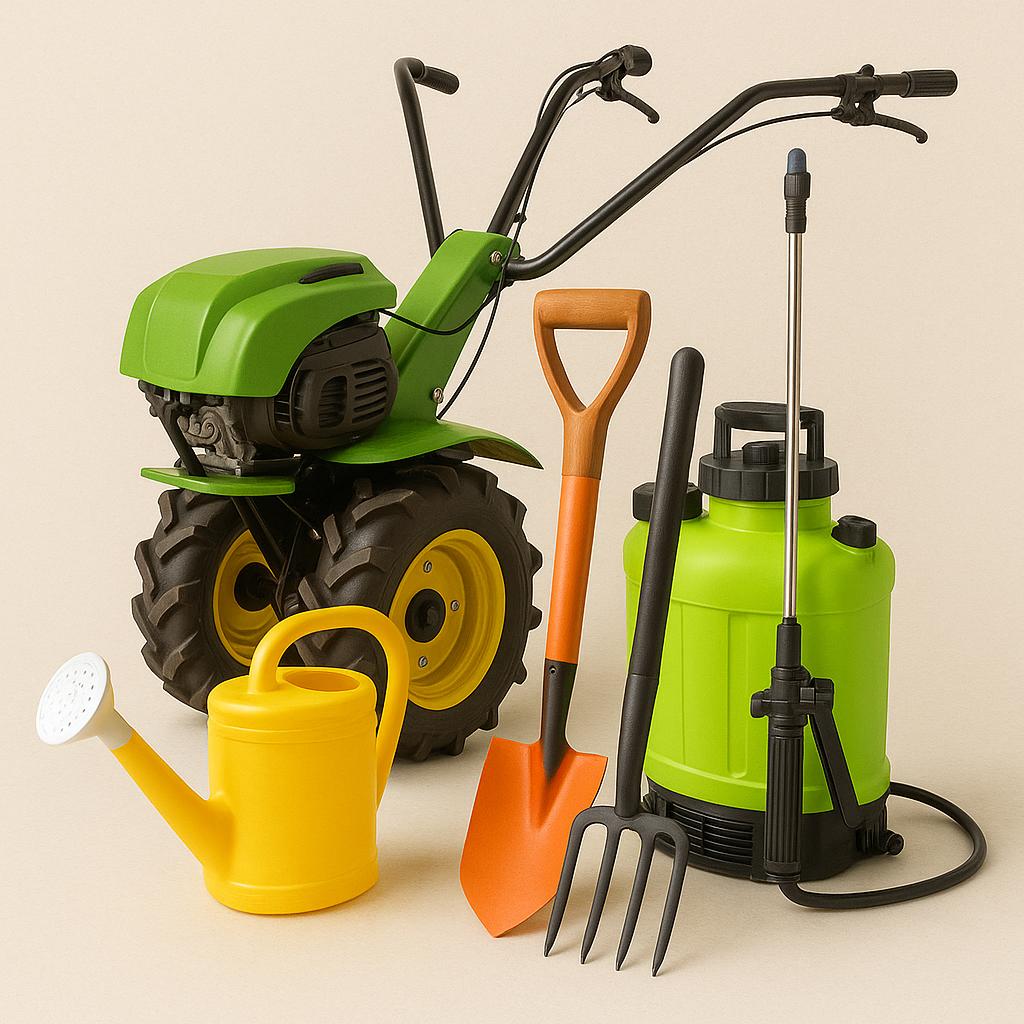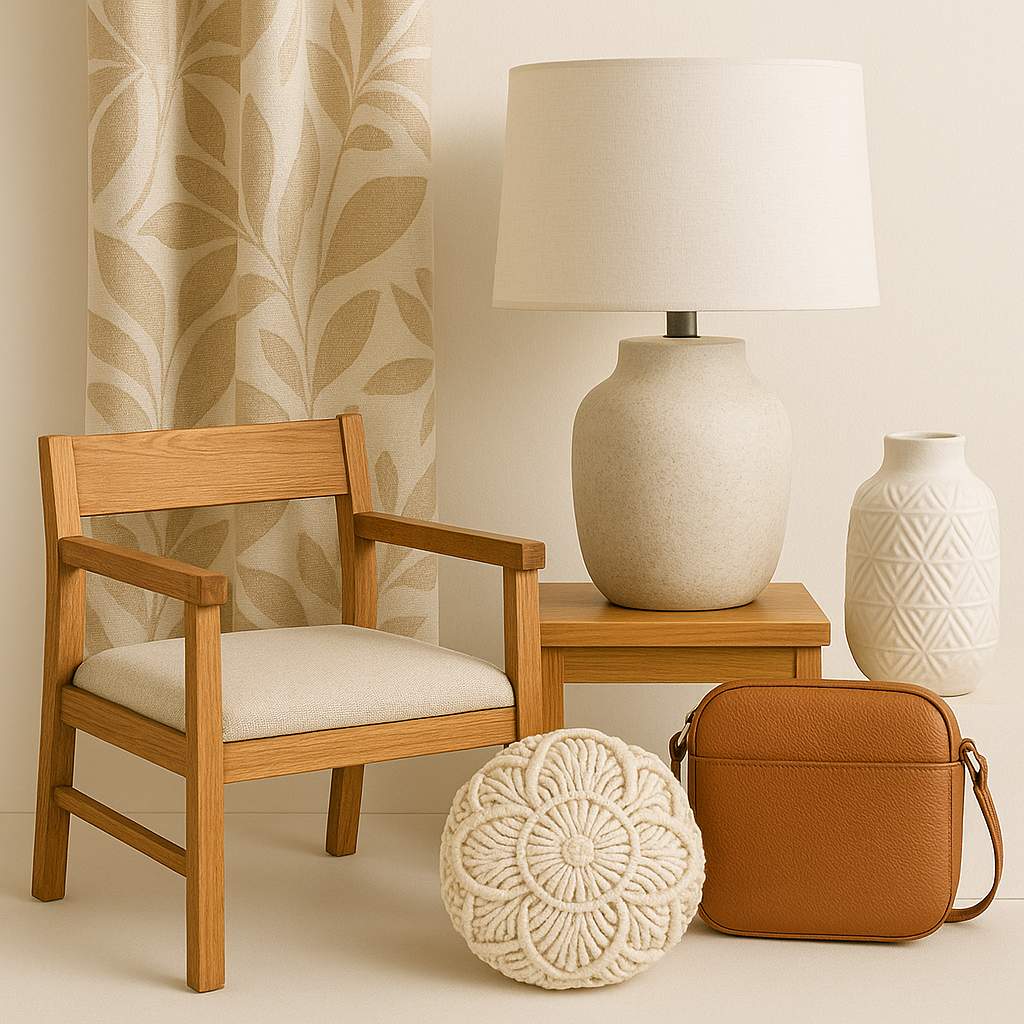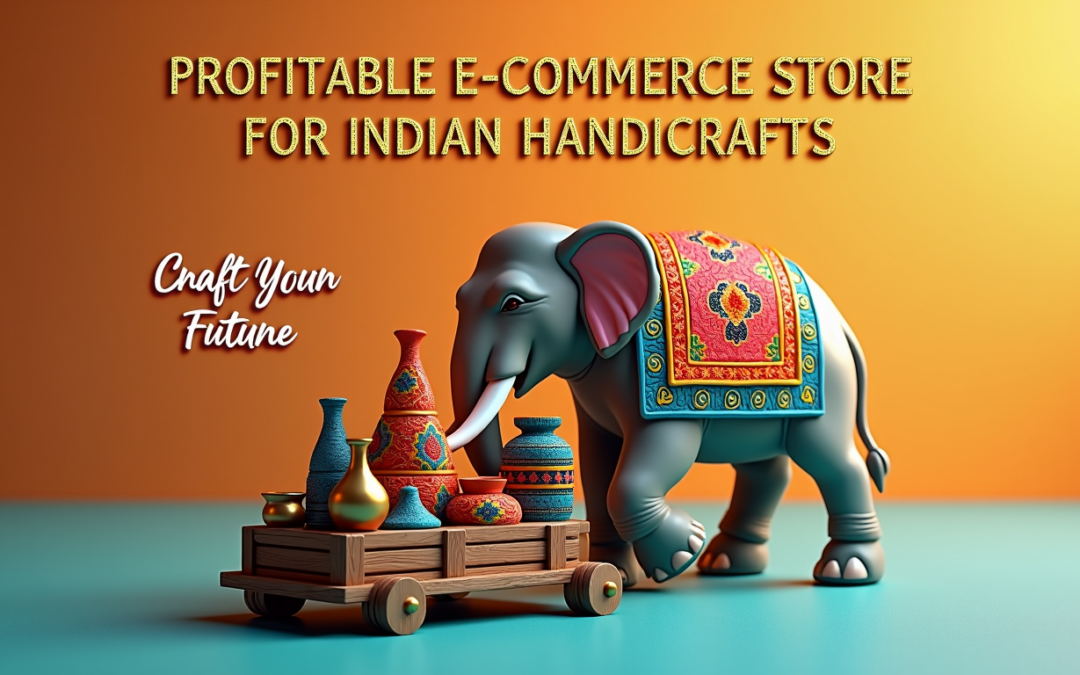How to Build a Profitable E-Commerce Store for Traditional Indian Handicrafts
Introduction
Have you ever wondered how you could take your family’s legacy of handcrafted goods and turn it into a profitable online business? As an entrepreneur in India’s rich handicraft sector, you’re sitting on a treasure trove of cultural heritage, and the world is ready to take notice. But how do you bridge the gap between traditional craftsmanship and modern e-commerce?
In 2024, the online market for Indian handicrafts is booming—crafts such as pottery, textiles, woodwork, and metal art are becoming increasingly popular with buyers across the globe. Yet, many small handicraft businesses still struggle to tap into the full potential of the digital space. Let’s take a look at how you can build a profitable e-commerce store for your traditional Indian handicrafts business and make your mark in this growing industry.
1. Leverage the Global Appeal of Indian Craftsmanship
Brief Relevance: India’s handicrafts industry is renowned worldwide for its uniqueness, craftsmanship, and cultural richness. With the rise of global e-commerce, Indian artisans now have the opportunity to showcase their products to a much wider audience.
Practical Tip: Start by building a strong brand story around your products. Whether it’s the history of your craft or the artisans behind the work, customers are drawn to the authenticity and heritage of handmade items. Use storytelling to convey why your products are special. Think about how you can make your brand stand out on platforms like Etsy, Amazon Handmade, or your own website.
Example: A small pottery business from Varanasi could highlight the centuries-old techniques passed down through generations. Share the story of each piece, from the raw clay to the final glaze, and emphasize its connection to India’s cultural history.
Relevant Trend: As customers around the world become more conscious about the origin of their products, the demand for artisanal and handmade goods is growing. According to a report by the Federation of Indian Export Organizations (FIEO), India’s handicraft export market is expected to grow by 10% annually.

2.Tap Into Digital Marketplaces
Brief Relevance: While creating your own e-commerce website is crucial, leveraging established online marketplaces can give your handicraft business immediate access to a global customer base.
Practical Tip: Don’t put all your eggs in one basket. Start by listing your products on popular platforms like Amazon, Flipkart, and Craftsvilla, which are known for their focus on Indian handmade goods. These platforms offer a ready-made audience, marketing support, and payment gateway integrations, allowing you to focus on what you do best—creating your craft.
Example: A handwoven sari business from Kanchipuram could set up a store on Craftsvilla and Amazon India to reach customers across India and abroad. Adding high-quality images and detailed product descriptions can help your products stand out among competitors.
Relevant Trend: The rise of B2B and B2C marketplaces in India is an important trend in 2024, as platforms such as ONDC and Bikayi make it easier for small businesses to digitize and get discovered.
3. Build a Strong Online Presence With Social Media
Brief Relevance: Social media is not just a platform for selfies and memes—it’s a powerful tool for connecting with potential customers. For small handicraft businesses, platforms like Instagram, Pinterest, and Facebook are perfect for showcasing products and driving traffic to your e-commerce store.
Practical Tip: Visual content works wonders for handicrafts. Use high-quality images and videos of your products being made, showing the intricate details of the craftsmanship. Share behind-the-scenes content like the process of weaving a rug or dyeing textiles. Don’t just post pictures—tell the story of your craft and its cultural significance.
Example: A wooden toy business from Rajasthan can take advantage of Instagram’s shopping features. Share videos of the toys being handcrafted, paired with customer testimonials or even video ads showing children enjoying the products. Use Instagram Shopping to directly link your products to your website.
Relevant Trend: In 2024, visual platforms like Instagram and Pinterest are becoming more integrated with e-commerce, allowing customers to buy directly from posts. Indian brands are already leveraging this feature for faster sales conversions.

4. Invest in User-Friendly E-Commerce Technology
Brief Relevance: One of the most important aspects of growing an online business is having the right tools. The Indian e-commerce market is rapidly adopting no-code platforms like BuildMyStore.io that make it easy for small businesses to set up their own websites with minimal effort and cost.
Practical Tip: Use BuildMyStore.io or similar platforms to create a user-friendly online store without needing coding skills. These platforms offer pre-built templates that are mobile-friendly, essential for India’s increasingly mobile-first consumer market. Add features like easy product filters, secure payment gateways, and fast checkout options to enhance the customer experience.
Example: An artisan who makes handmade silver jewelry can use BuildMyStore.io to create an online store where customers can easily browse by category—necklaces, rings, earrings—and use secure payment options like UPI or Razorpay.
Relevant Trend: Mobile commerce is surging in India, with over 60% of online sales in 2024 expected to be made via smartphones. Platforms like BuildMyStore.io are designed to cater to this trend by ensuring that websites are optimized for mobile users.
5. Offer Personalized Customer Experiences and Support
Brief Relevance: One of the biggest advantages small businesses have over larger e-commerce platforms is the ability to offer personalized service. Indian customers appreciate good customer service, especially when it comes to handcrafted products.
Practical Tip: Implement live chat options, customer support via WhatsApp, and provide personalized product recommendations based on customers’ past purchases or browsing history. Offer customization options for your products—whether it’s engraving on a wooden sculpture or choosing fabric for a kurta set.
Example: A home décor brand selling handmade wall hangings can allow customers to choose their preferred color palette or design, making the purchase feel more unique.
Relevant Trend: In 2024, personalized shopping experiences are expected to grow by 25% in India, with more customers preferring tailored recommendations and faster customer service.

Conclusion
Building a profitable e-commerce store for traditional Indian handicrafts isn’t just about selling products—it’s about sharing a piece of India’s culture with the world. By leveraging global appeal, tapping into digital marketplaces, utilizing social media, investing in easy-to-use e-commerce technology, and offering personalized experiences, you can build a successful online business that thrives in 2024 and beyond.
At BuildMyStore.io, we make it simple for artisans and small businesses to bring their products online and grow their sales. Ready to take the next step? Start building your e-commerce store today and reach customers worldwide.
Want to learn how to set up your own online store without any technical hassles? Visit BuildMyStore.io today and take your traditional handicrafts business to the next level!














